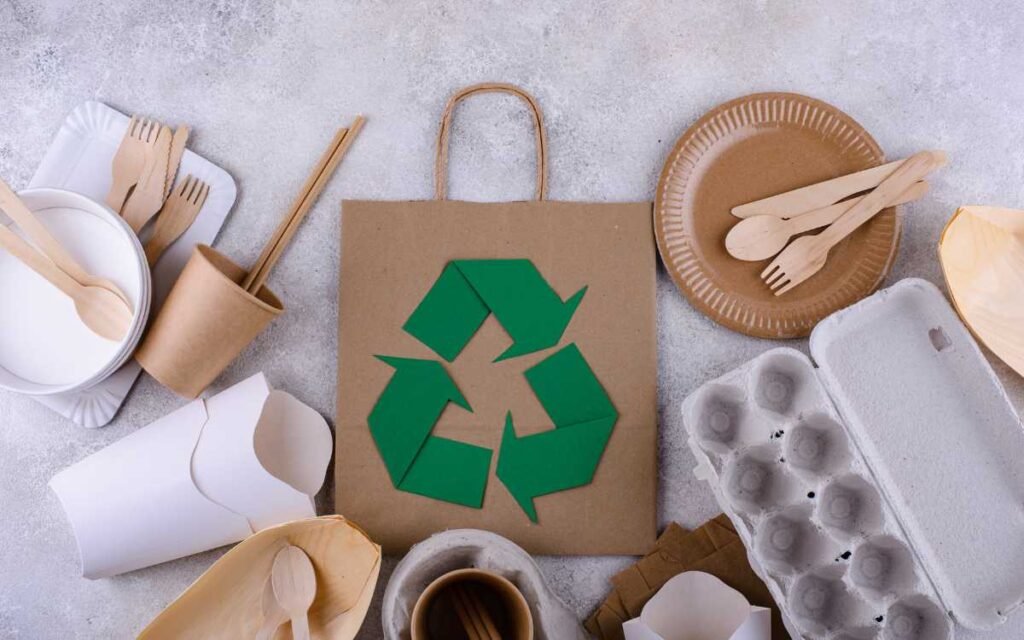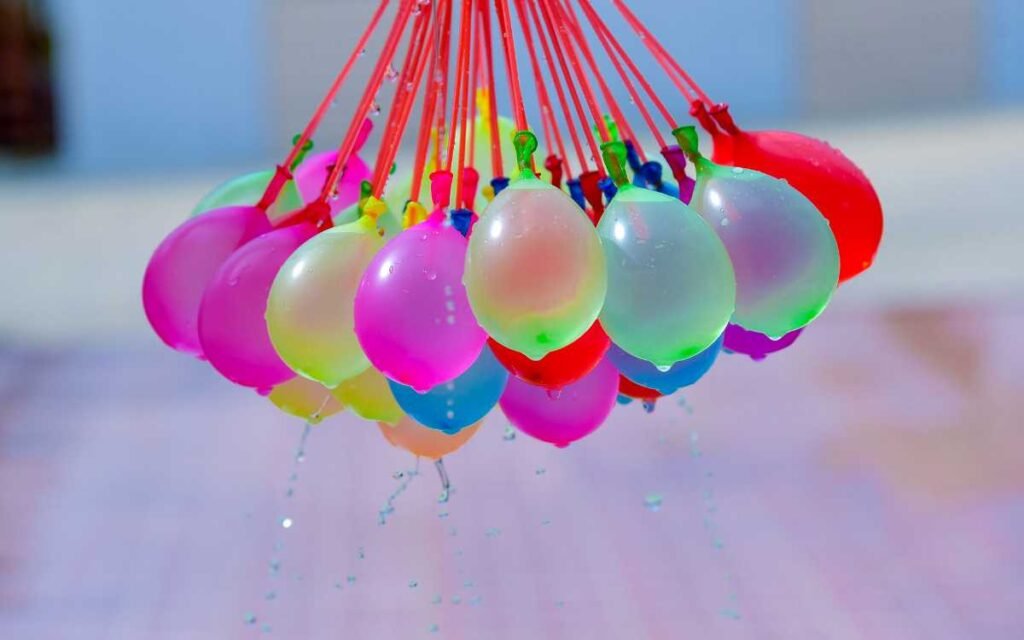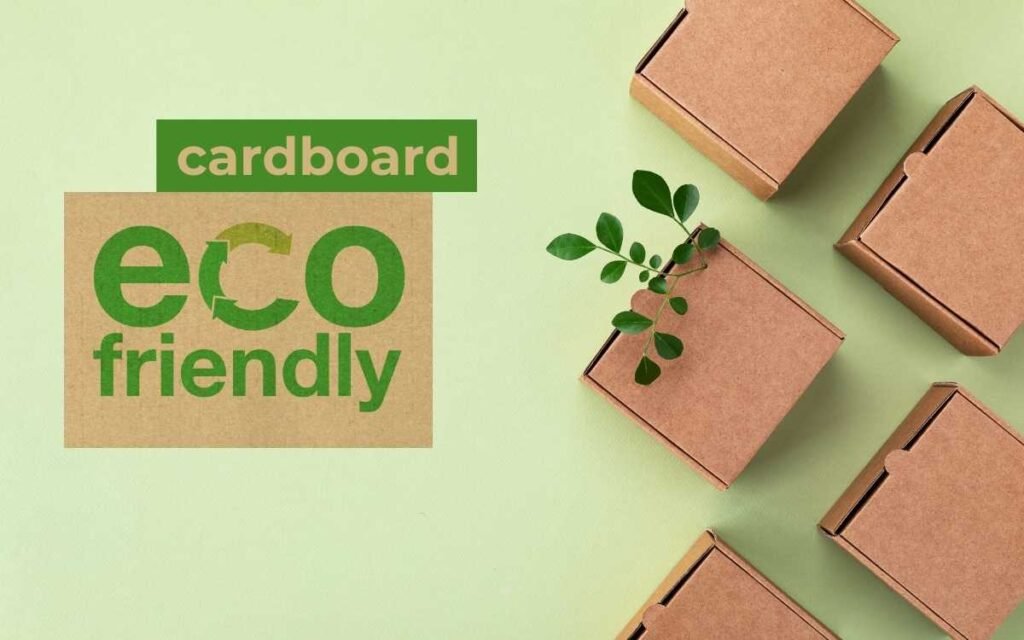
Introduction
In our eco-friendly world, many homes are accepting reusable paper towels. They match our aim to reduce waste and fulfill our needs for toughness and absorption.
But what makes one fabric stand out?
Well, it’s like this: the special thing about a fabric in the world of reusable paper towels is how it can be super tough, soak up spills like a champ, and still be kind to the environment. It’s that perfect balance that makes one fabric stand out from the rest.
Before diving into the best fabrics, let’s understand why this change matters. It’s vital for our environment.
This guide will showcase the top fabrics for reusable paper towels, assisting you in making informed choices for your home and the planet.
Let’s start this enlightening journey together.
Environmental Impact of Traditional Paper Towels

Switching to reusable towels might seem like a small change, but it’s a big deal for the environment.
You know, when we toss paper towels into the trash, it creates this gas called methane in landfills, which is not great for our planet. Surprisingly, the U.S. EPA says that 2% of all the stuff we throw away is just paper towels – a whopping 3,000 tons every day.
That’s why many people and businesses are making the smart move to use reusable options instead.
And here’s a cool thing: the European Textile Services Association, or ETSA, is all about finding sustainable ways to do things. They’re working on reducing CO2 emissions and using a circular model.
For example, using 3,000 reusable napkins instead of 102,000 disposable ones makes a big difference for the environment. ETSA is like a superhero for the climate, encouraging us to use stuff that we can use over and over. It’s not just good for the planet; it’s good for our wallets and local businesses too.
How to Choose the Best Fabric for Reusable Paper Towels

Reusable paper towels are a great way to reduce waste and save money.
However, not all reusable paper towels are created equal.
Some fabrics are more absorbent and durable than others. When choosing the best fabric for your reusable paper towels, there are a few things to keep in mind:
Absorbency – When choosing a fabric for reusable paper towels, absorbency is key. It’s the most important factor to consider. You want a fabric that can soak up spills and messes quickly and easily. The best fabrics for absorbency are cotton, bamboo, and linen.
Durability – Reusable paper towels are frequently used and washed. Therefore, choosing a durable fabric is important. Cotton, bamboo, and linen are examples. These fabrics can endure repeated washing and use.
Sustainability – Looking to lower your environmental impact? Choosing a sustainable fabric is a good move. Organic cotton, bamboo, and hemp are options. They’re grown without harmful pesticides or herbicides.
Best Fabric for Reusable Paper Towels
1. Birdseye Cotton Fabric

1. Absorbency
Birdseye paper towels are surprisingly absorbent. They effectively handle spills and messes, making them a reliable choice for various tasks like wiping down kitchen counters or cleaning accidental spills.
2. Durability
One noticeable feature of these towels is their durability. Made from lightweight and absorbent birdseye cotton, they stand up to regular use and can be tossed in the wash for reuse, reducing the reliance on single-use paper products.
3. Usage
We’ve found birdseye paper towels to be versatile in daily tasks. From routine cleaning to handling unexpected spills, these towels have become a practical and convenient choice at home.
4. Pros
Switching to birdseye paper towels has proven to be a game-changer in our household. Their lightweight and absorbent nature make daily cleanups easier.
The ability to wash and reuse them not only adds to their durability but also significantly reduces our dependence on traditional, single-use paper towels.
5. Cons
One drawback we haven’t encountered is their weight. These towels don’t feel overly heavy or cumbersome during use.
2. Cotton Flannel Fabric
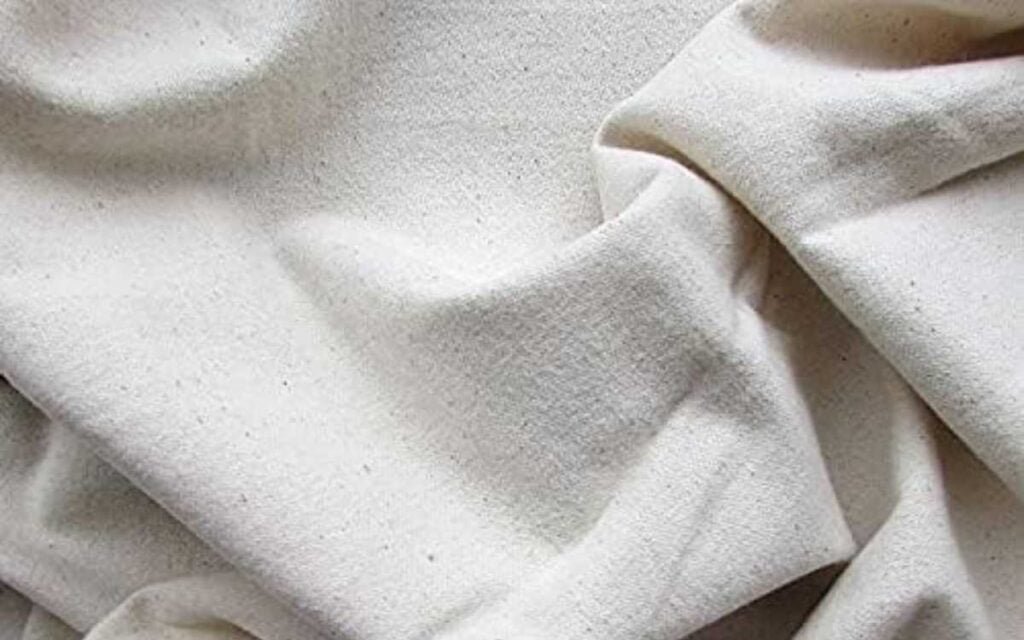
1. Absorbency
It is made entirely from 100% cotton flannel, are well-known for being absorbent. Our experience confirms this, as we’ve found them quite effective in dealing with spills and everyday cleaning tasks.
2. Durability
The durability of these towels, thanks to their 100% cotton flannel composition, stands out. Our reusable paper towels have proven resilient to regular use, and the washable feature adds to their longevity.
3. Usage
In terms of usage, we’ve incorporated these towels into various tasks at home like cleaning tabletop. We also use for babies or child faces because of flannel’s softness. The convenience of tossing them into the washing machine and dryer after use makes them a practical choice for everyday cleaning.
4. Pros
They soak up spills really well and last a long time.
They’re good for the environment, which is cool. They can be replacable to tissues.
You can easily stack and roll them onto a reusable cardboard roll, making them super convenient to use.
5. Cons
In our generally positive experience with cotton flannel paper towels, there are a couple of small things to mention. They tend to stick together a bit, but personally, I’m okay with that.
Another thing to be aware of is a slight possibility of shrinkage. However, when you look at the bigger picture of their overall benefits, this shrinkage is just a minor drawback.
3. Cotton Terry Fabric
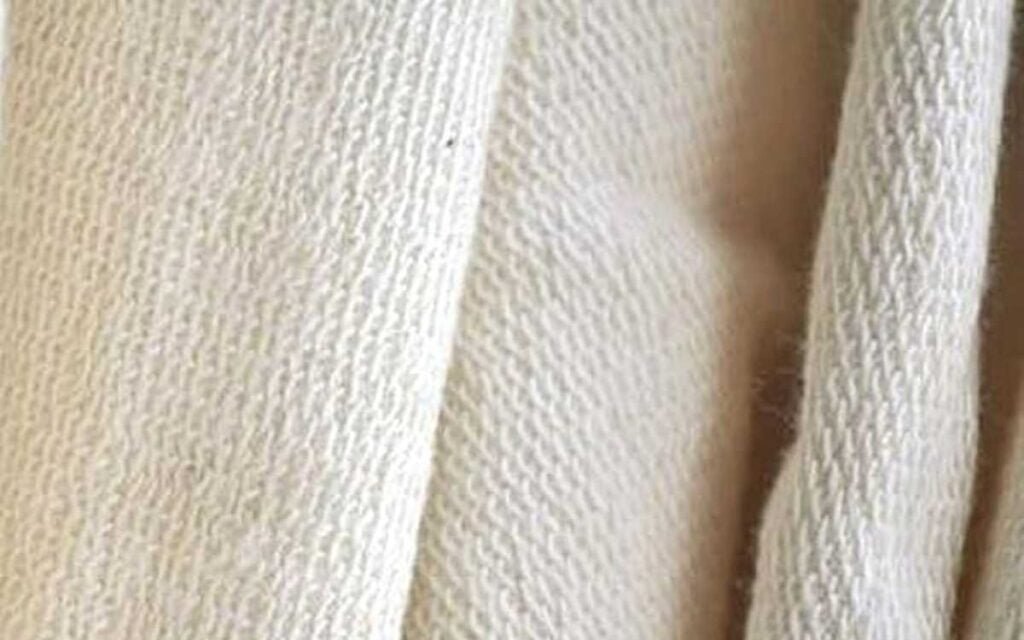
1. Absorbency
Cotton terry stands out for its exceptional absorbency, thanks to its double layers of premium cotton and terrycloth. The looped threads, especially the longer ones, contribute to its superior absorbent properties.
In fact, among all fabrics, cotton terry is known for its extra absorbency.
2. Durability
The durability of cotton terry comes from its flat base with pile on both sides, making it more robust and long-lasting.
3. Usage
Cotton terry is recommended specifically for hair drying due to its remarkable absorbency. What’s even more practical is its suitability for the head-wrapping technique, allowing the towel to efficiently absorb water.
Meanwhile, French Terry fabric excels in providing warmth during the cooler seasons.
4. Pros
Cotton terry proves effective not only for spills and daily cleaning tasks but also for being more absorbent, soft, and gentle when used for hair care.
On the other hand, French Terry fabric doesn’t just offer practical warmth; it also provides a luxurious and plush texture, making it versatile for various applications.
5. Cons
It’s essential to be aware that the presence of synthetics in terrycloth can impact its absorbency. Additionally, once cotton towels without terrycloth are wet, they reach their absorption limit.
4. Hemp Fabric

1. Absorbency
Hemp towels, known for being highly absorbent and quick-drying, stand out as an excellent choice. Their ultra water-absorbent features add to their effectiveness for various uses.
2. Durability
Emphasizing durability, hemp stands as one of the strongest natural fibers. Its quality improves with each wash, and hemp towels prove to be longer-lasting compared to their cotton counterparts.
3. Usage
In addition to being antibacterial, hypoallergenic, and mold-resistant, hemp towels grow softer and more comfortable over time.
Perfect for various kitchen tasks like drying dishes or cleaning countertops, their durability allows for repeated use, reducing the reliance on single-use paper towels.
4. Pros
Highlighting environmental friendliness, hemp replenishes the earth without the need for chemicals. Its strength, durability, and ultra-absorbency make hemp towels a practical and economical choice.
Notably, they maintain their feather-like softness over time, surpassing the softness of new cotton towels.
5. Cons
Even though hemp fabric has lots of good qualities, there are a couple of things to keep in mind. At first, hemp towels might feel a bit rough compared to brand-new cotton ones. But don’t worry too much—over time and with use, they usually get softer on their own.
Another thing is that finding hemp products everywhere might not be super easy yet, which could make it a bit tricky for some people to get their hands on them.
5. Bamboo Loop Terry Fabric
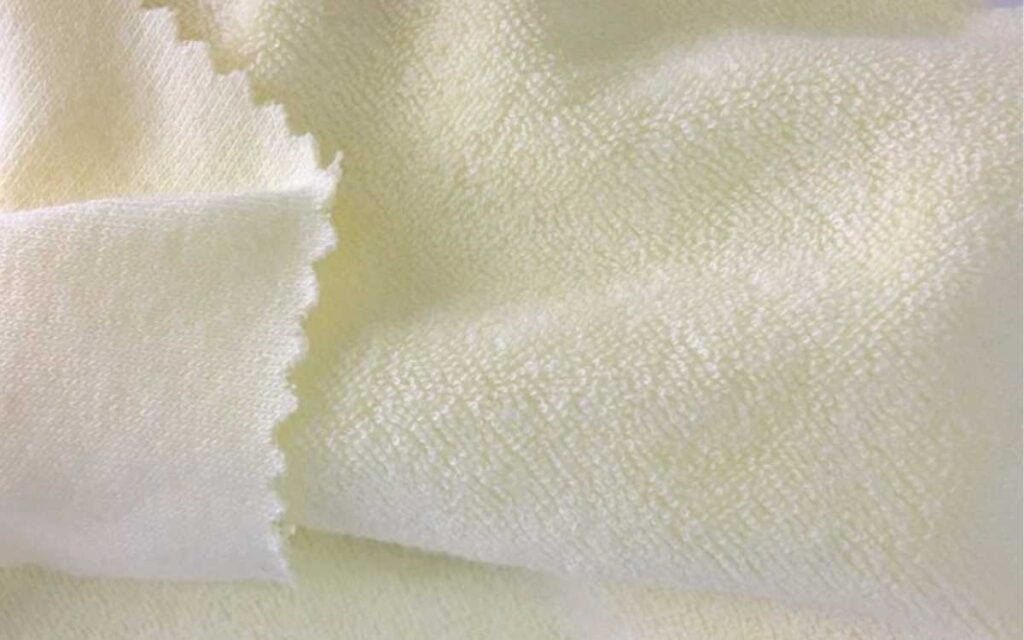
1. Absorbency
The loops in the bamboo loop terry fabric quickly soak up moisture, being gentle on the skin. This fabric is wonderfully soft and silky, making it perfect for designs needing a soft, sturdy, and stretchy single loop terry.
Importantly, it’s ready to absorb right from the start, so there’s no need to wash it beforehand to make it absorbent.
2. Durability
As time goes by, the bamboo loop terry fabric stays soft and proves to be tough compared to cotton. It keeps its soft feel for a long time, showing that it lasts well.
3. Usage
It’s suggested for designs that need a soft, sturdy, and stretchy single loop terry. However, it’s not recommended for parts of clothes or diapers that are exposed. On the bright side, it works great as a backing for baby bibs.
4. Pros
The bamboo loop terry fabric comes with many benefits. It’s completely free of PFOS, PFOA, lead, dioxins, heavy metals, and BPA. Also, it’s free from phthalates and is totally eco-friendly as it’s made from organic cotton grown in the U.S. Plus, it’s made without any harmful chemicals or finishes.
5. Cons
One thing to keep in mind is that the fabric might shrink a bit because of its natural fiber. While it’s excellent for various uses, it’s not recommended for parts of clothes or diapers that are exposed.
6. French Terry Fabric
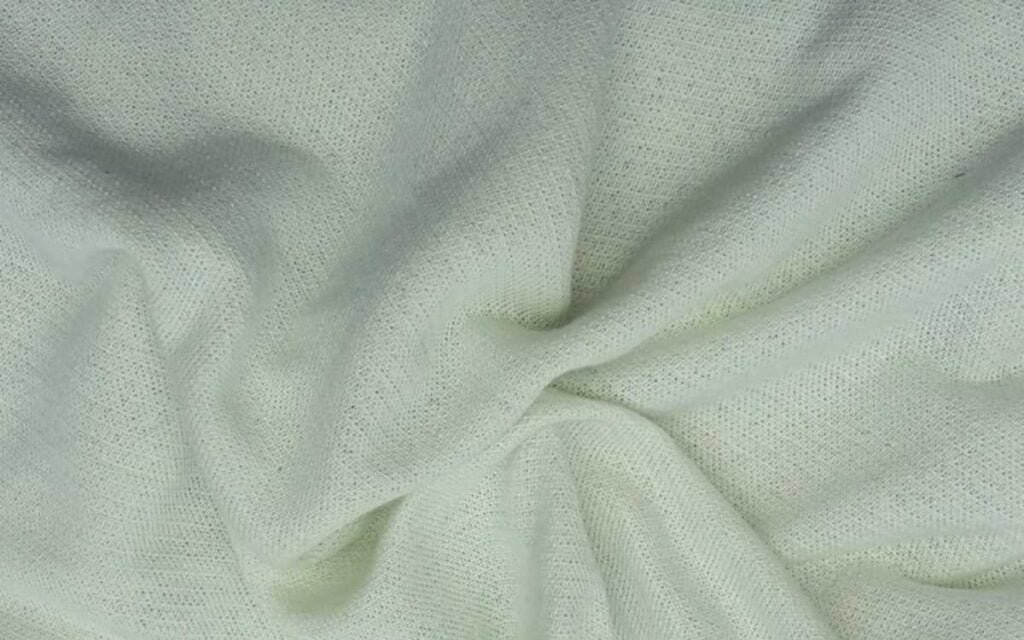
1. Absorbency
French terry fabric is incredibly soft and quickly soaks up moisture, ensuring it stays soft and comfy for a long time. Thanks to the nifty Ready-AbZORB technology, there’s no need to wash it before it becomes super absorbent.
2. Durability
Made from top-notch modulus yarns, French terry fabric is built to last, keeping its softness, absorbency, and shine. It’s easy to clean, which adds to how long it lasts.
3. Usage
This fabric, coming from U.S.-grown organic cotton, is great for lots of things and is super eco-friendly. It’s made without any yucky chemicals, so it’s safe for all kinds of uses.
4. Pros
French terry fabric has a bunch of good things about it. It’s totally free of harmful stuff like PFOS, PFOA, lead, dioxins, heavy metals, and BPA. It’s also free from phthalates, and it shrinks less (60-80% less), so you get more fabric for your money.
5. Cons
Even though French terry fabric has lots of good sides, it’s worth mentioning that it might take longer to dry compared to some other fabrics. This is something to think about if you need things to dry quickly.
Bottom Line
Choosing sustainable options is a journey. Picking the right fabric for reusable paper towels is a key step. We’ve explored organic cotton, bamboo, and hemp. Each fabric has unique benefits.
Absorbency and durability matter, but so does the environmental impact. It’s more than just cleaning spills; it’s about being kind to our planet. Consider the pros and cons as you decide. Pick a fabric that suits your household needs and aligns with your environmental goals. By doing this, you’re not just buying a product but supporting a cause.

